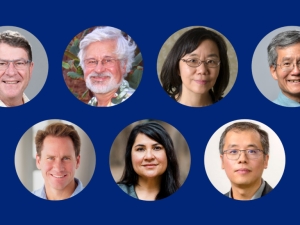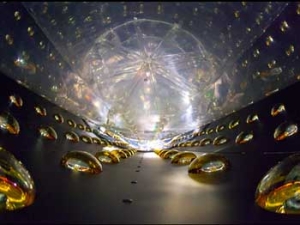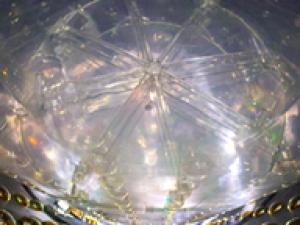

Research Bio
Kam-Bui Luk has diverse interest in exploring the nature of elementary particles and their fundamental interactions using different kinds of instrumentation and techniques. His current research focuses on neutrinos and nucleon decay.
Research Expertise and Interest
physics, particle physics, neutrino oscillation, neutrino mixing parameters, nuclear instrumentation, data mining, neutrino physics
In the News
Seven Faculty Named Fellows of American Association for the Advancement of Science
New discovery is key to understanding neutrino transformations
The joint China-U.S. Daya Bay experiment to explore the multiple personalities of neutrinos announced its first results, paving the way for further experiments on whether neutrinos and antineurtinos have similar split identities
New neutrino data may shed light on post-Big Bang matter formation
Researchers studying the birth of the universe are getting some of the most accurate measurements to date of neutrinos, electrically neutral particles that zip about close to the speed of light. They hope that the data, obtained from the Daya Bay Reactor Neutrino Experiment, an international collaboration led by U.S. and China scientists, will reveal how matter was formed immediately after the Big Bang. Physicists from Berkeley Lab and UC Berkeley are leading the U.S. team.



